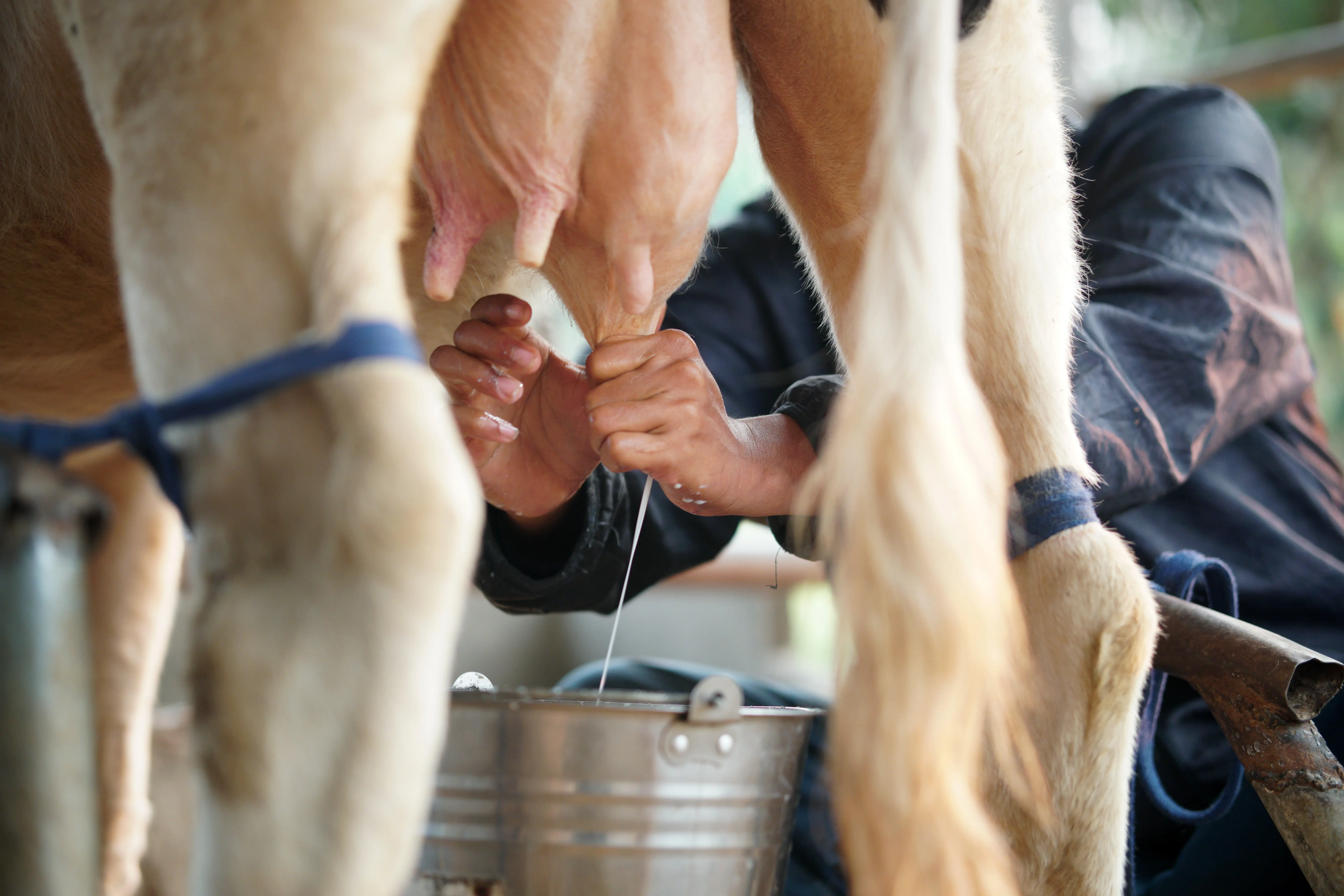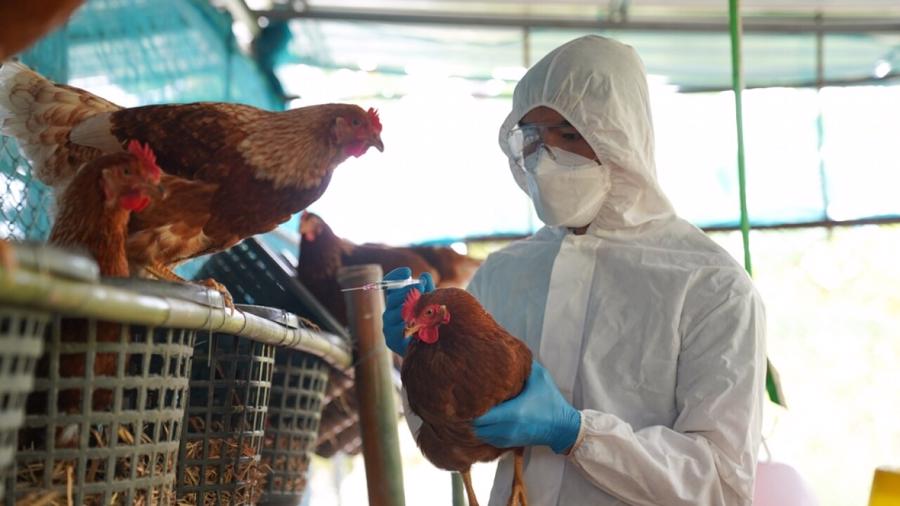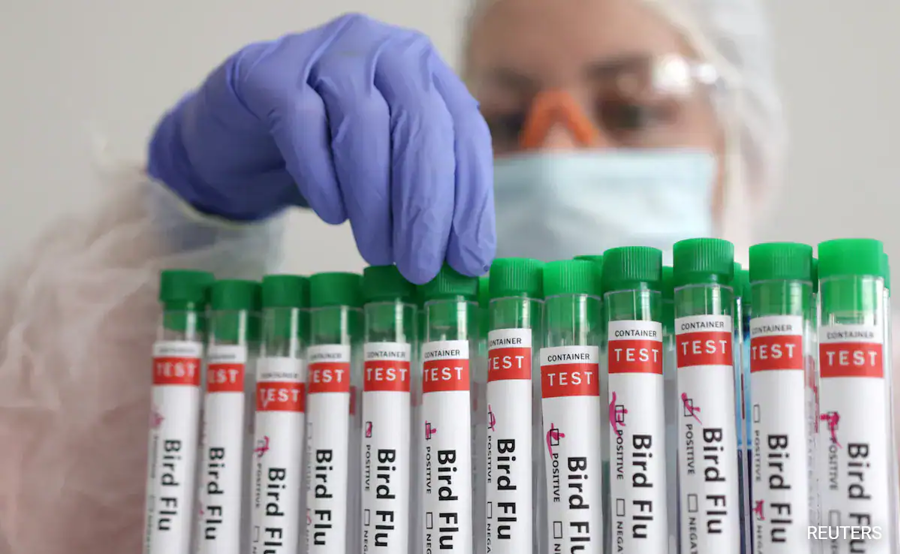A spike in cases and the detection of H5N1 in raw milk has raised alarms about the potential for a devastating avian influenza pandemic. Earlier this month, the scientific community suggested such a pandemic could be a hundred times worse than COVID-19. “H5N1 has been on the top of the list of pandemic threats for many years if not decades,” said Suresh Kuchipudi, MD, of the University of Pittsburgh.
According to Dr. Zhang Wenqing, who leads the World Health Organization’s global influenza program, raw milk from infected cows “contains really high levels of virus.” Researchers are investigating how long H5N1 can survive in milk. Raw milk is already unsafe due to other pathogens like salmonella, listeria, and E. coli. WHO scientist Jeremy Farrar did not rule out the possibility that H5N1 could survive on milking equipment or in farming environments, and he noted that bird flu caused by H5N1 has an extremely high mortality rate.
The U.S. Centers for Disease Control and Prevention (CDC) states that there were 861 human cases of H5N1 and 455 deaths (a 53% fatality rate) between 2003 and 2019. “The big concern is if this virus were to evolve and pick up the ability to transmit efficiently from mammals to humans, and then from human to human,” Farrar warned. The WHO scientist urged immediate preparation of vaccines, diagnostics, and treatments in case the virus were to gain the ability to spread from person to person.

U.S. scientists suggest the current outbreak of bird flu in livestock could be more serious than initially reported. In a little-noticed online update this week, the U.S. Department of Agriculture said there is now evidence the virus is spreading from cow to cow and cow to bird—and possibly even vice versa. The concern, according to The New York Times, is that the virus appears to be finding new hosts, and its jump to mammals means it is getting closer to humans.
Officials in North Carolina, for example, have detected a herd of cattle infected with bird flu that showed no symptoms. As of Tuesday, April 19, the outbreak in dairy cattle has spread to 32 herds in eight states: Texas, New Mexico, Michigan, Kansas, Idaho, Ohio, North Carolina, and South Dakota. It is not yet known if other animals in the U.S. are infected but showing no symptoms because the USDA is not requiring farms to test their animals.
The agency will begin testing asymptomatic cattle on other farms this week. However, they are not actively monitoring infections in pigs, a known mixing vessel for influenza viruses that are often raised near cattle. According to the Texas Animal Health Commission, the virus may have been introduced by people or animals coming into contact with objects contaminated with virus-laden milk. Caitlin Rivers, an epidemiologist at the Johns Hopkins Center for Health Security, said widespread testing of both symptomatic and asymptomatic animals is crucial early in outbreaks to understand the extent and mechanisms of viral transmission.

“We have spillover events from birds to cows to cows to birds in this current event, suggesting that this virus has perhaps found additional pathways for itself to spread beyond the ones that we know about,” Zhang said during a press briefing in Geneva, Switzerland. “It is important for people to make sure that they practice food safety, including consuming only pasteurized milk and milk products.”
Since federal authorities announced the avian flu outbreak on commercial egg farms in late March, they have repeatedly reassured the public that the outbreak does not affect the nation’s food or milk supply and poses little risk to the public. In a joint statement in March, the U.S. Department of Agriculture, the Food and Drug Administration, and the Centers for Disease Control and Prevention assured the public that pasteurized milk is safe.
But the U.S. Food and Drug Administration (FDA) says it is still conducting tests to determine whether the process kills the virus. The agency declined to say when results from those tests might be available.
Some experts say the agencies should not be making definitive statements about the safety of milk before they have data in hand, even if the risk to the public appears to be small. Michael Osterholm, PhD, an infectious disease expert at the University of Minnesota, said the federal response so far echoes mistakes made during the COVID-19 pandemic: “It feels as though very little has been learned from the lessons that have been thrown at us by COVID-19.”
So far, there is no evidence that A/H5N1 is spreading from person to person. According to the WHO, close to 20 A/H5N1 influenza vaccines are licensed for use in the event of a pandemic and could be adapted to match the specific strain in circulation.

In Vietnam, the Ministry of Health continues to issue warnings about avian influenza, as there has been 1 death from H5N1 avian influenza and the first case of A/H9 infection since the beginning of 2024. Almost all cases of human infection with H5N1 have involved close contact with infected live or dead poultry or a contaminated environment.
Avian influenza A/H5N1 virus is present in high concentrations in respiratory secretions and feces of infected poultry. When feces dry and become airborne as dust, they can be inhaled by humans, causing avian influenza. There are 15 different strains of the influenza virus, and H5N1 is one that is pathogenic to humans. There is currently no specific treatment or vaccine for avian influenza in humans. There is no evidence to suggest that A/H5N1 can be transmitted from human to human, but the A/H5N1 virus is a highly pathogenic strain of influenza, and people who become infected often develop severe illness and die at a high rate.















